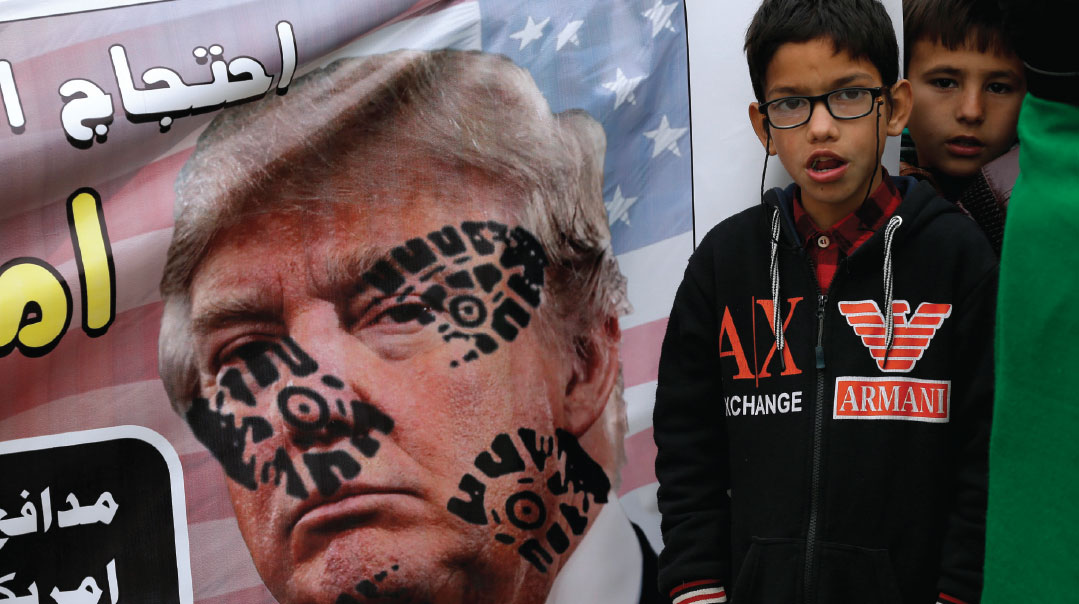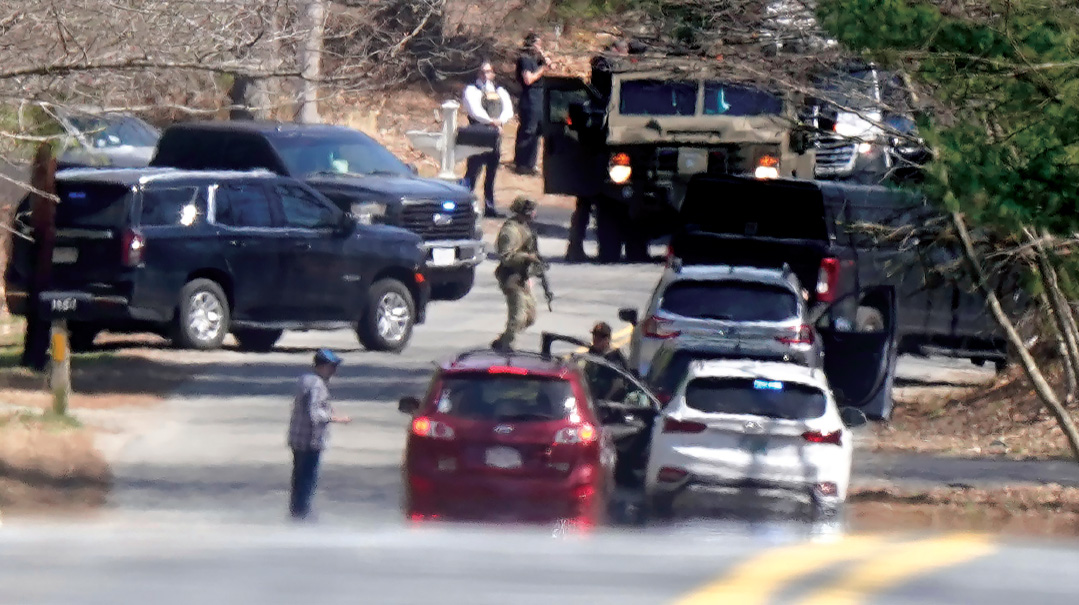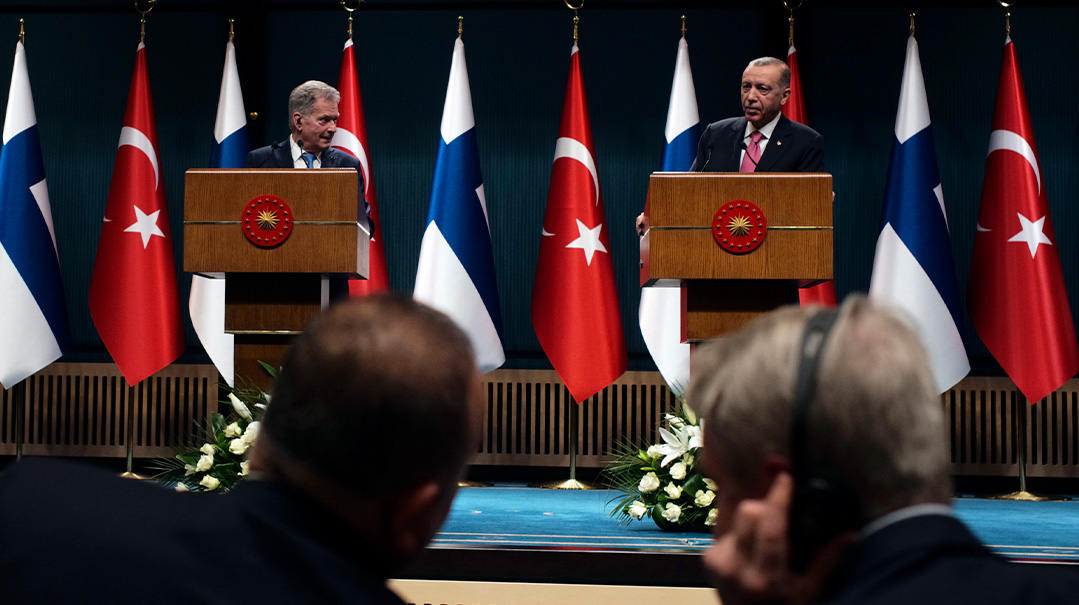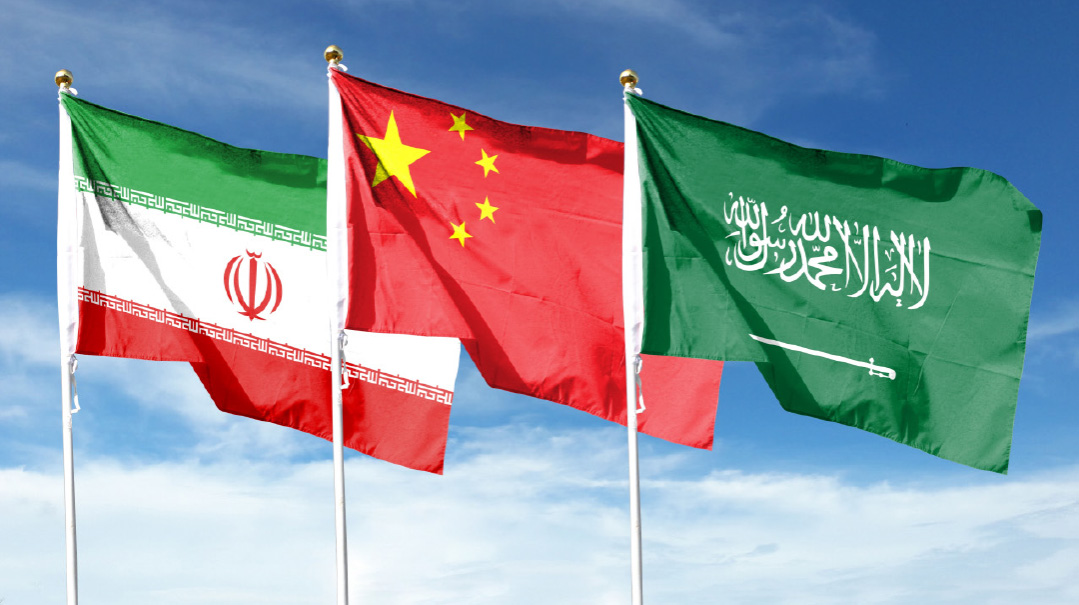Iran Seethes, but How Will It Respond?

Tense weeks lie ahead on the Tehran-Washington-Jerusalem axis

Often when I write this column, I’m asked to look to the future, to speculate about what comes next. “The readers know the news,” the editors remind me, “so let’s talk about what lies ahead.”
But the elimination of Gen. Qassem Soleimani is not just another news event that has us asking, “What’s next?” Soleimani’s killing is an event of historic proportions, something that will be studied in history books and examined in documentaries. Soleimani, Iran’s top military man, was the cornerstone of Iran’s strategy to export terrorism across the Middle East. And now he’s gone.
He was Iran’s equivalent of the head of the CIA, the secretary of defense, the Pentagon chief of staff, and a special-operations commander all rolled into one. He was a great strategist, but a bad tactician. When killed, he was traveling in the open without the slightest attempt at concealing his whereabouts. He assumed, based on conventional wisdom, that no state would dare strike such a senior member of Iran’s high command.
We have all absorbed certain axioms about the Iranian threat. One was that Soleimani was not himself a legitimate target, because if he dies, all hell breaks loose. Trump thought otherwise.
Critics have said that President Trump has a simplistic approach to the region and a superficial understanding of the players. But it’s difficult to see anyone but an outsider making this kind of dramatic decision. Anyone who read all the threat assessments over the years would have likely feared taking such a decisive step.
Matthew Kroenig, an associate professor in the Department of Government and the Edmund A. Walsh School of Foreign Service at Georgetown University, told Mishpacha that the killing of Soleimani should not come as a surprise: Iran had crossed Trump’s red line, the killing of Americans.
“He was willing to look the other way as Iran seized British tankers, shot down an American drone, and attacked a Saudi oil facility,” he said. “But when Iran attacked an American military base in Iraq, killing an American contractor, and attacked the US embassy in Baghdad, the gloves came off. The United States demonstrated that it has clear escalation dominance. They kill a US contractor; we kill 30 Shia militia members. They attack our embassy; we take out their top general.”
When thinking about “what’s next,” Kroenig, who also served on the Iran desk at the Department of Defense, said Iran’s supreme leader, Ayatollah Khameini, is in a “tight spot.”
“He needs to retaliate, but he also doesn’t want to get into a major war with the United States, a war that could lead to the end of his regime,” Kroenig said. “So he will almost certainly look for a Goldilocks response — to strike back, but not too hard. If he chooses a delayed and calibrated response, the crisis will de-escalate. If he miscalculates and strikes back too hard, the United States will continue to impose more severe costs on Iran until it is clear to Iran that it is better off looking for off-ramps.”
Jonathan Schanzer, senior vice president of research at the Foundation for Defense of Democracies (FDD), believes Iran has a few limited options.
“One is challenging the United States directly, which I think would be a huge mistake given that the US would then respond directly to Iran,” Schanzer said. “It would be taking a great risk. The other way of [retaliating] is by proxy, which is the way that Iran traditionally operates. But those attacks are often more modest in scope. The problem is that the US has already made clear that it doesn’t matter whether it’s Iran or its proxies — Iran is going to be held accountable.”
On the American side, Schanzer said that the Trump administration would like to avoid further conflict. “Listen very carefully to what the administration is saying,” he said. “They continue to call [US attacks] ‘defensive strikes,’ and there’s a reason for that. They don’t want to convey that this is a war of conquest or aggression, but about defending American lives and American interests only.”
There is a public opinion element to that strategy, he explained, and a legal one. “If this is cast as a defensive measure, then the US has every right to act. If it is more than that, if it’s an ongoing operation, then they need to go back to the drawing board with Congress and it becomes very complicated.”
One might wonder — when the number-one terrorist in the world has been eliminated — whether it is the right time to swing for the fences and try overthrowing the regime.
“I think toppling the regime right now is not necessarily the concern,” Mike Pregent, a senior fellow at Hudson Institute and former US Intelligence officer in Iraq, told Mishpacha. “The regime is lashing out because of the maximum pressure campaign — which is working. The strategy is to negate Tehran’s ability to kill Americans, to oppress the Iraqi government, to take away the land bridge into Syria. The regime is collapsing as we speak. The supreme leader just lost his best advisor.”
The biggest concern, Pregent said, is that Iran will begin kidnapping Americans across the Middle East in a bid to gain sanctions relief. “Because that’s what all of this was about. How do we get the United States to give us sanctions relief? Let’s show them what a threat we are, and get the sanctions dialed down a bit. I’m not worried about full-scale war, because that’s not a possibility.”
But wherever things stand, even if all-out war with Iran isn’t a possibility, there can be no question that tense weeks lie ahead on the Tehran-Washington-Jerusalem axis.
(Originally featured in Mishpacha, Issue 793)
Oops! We could not locate your form.













